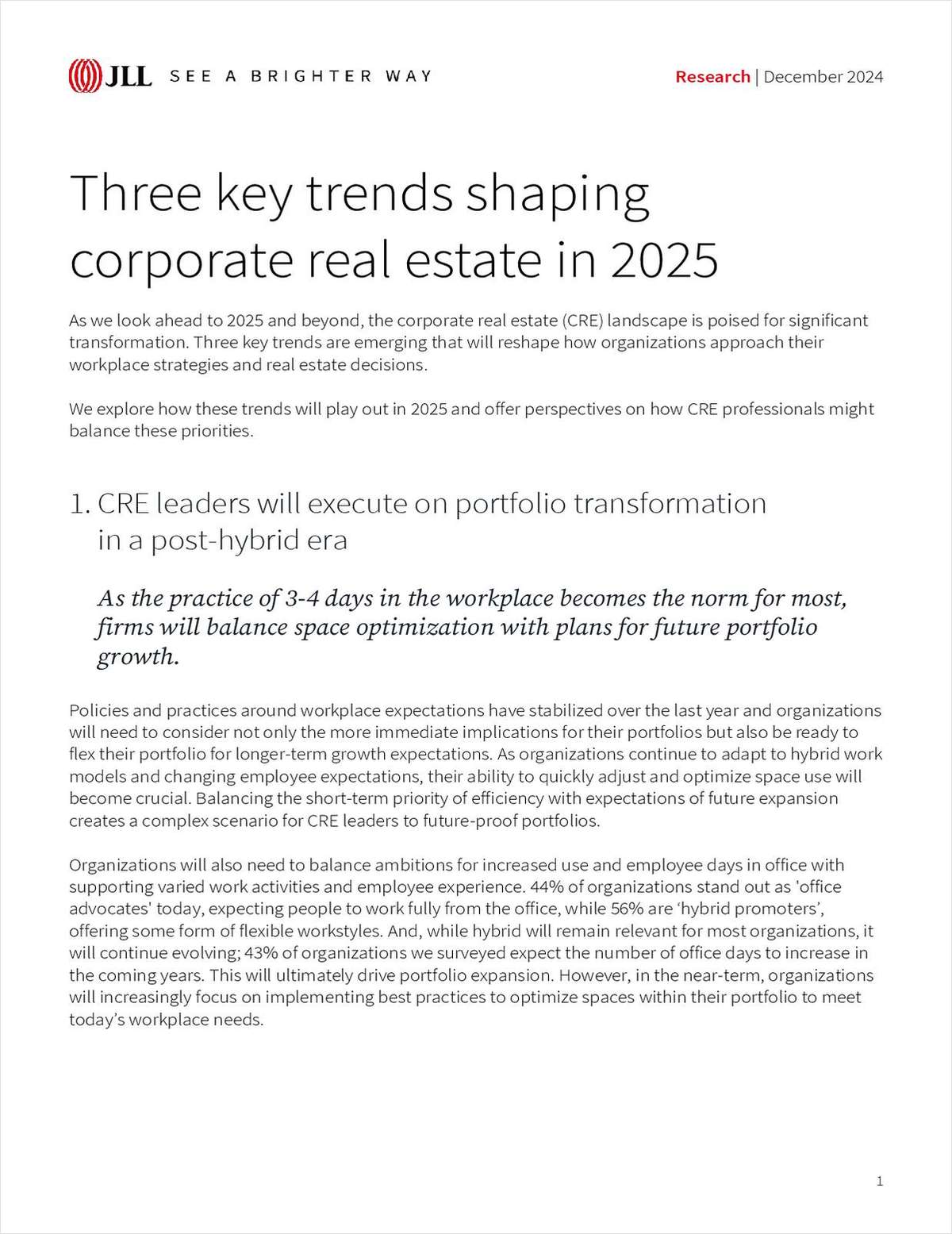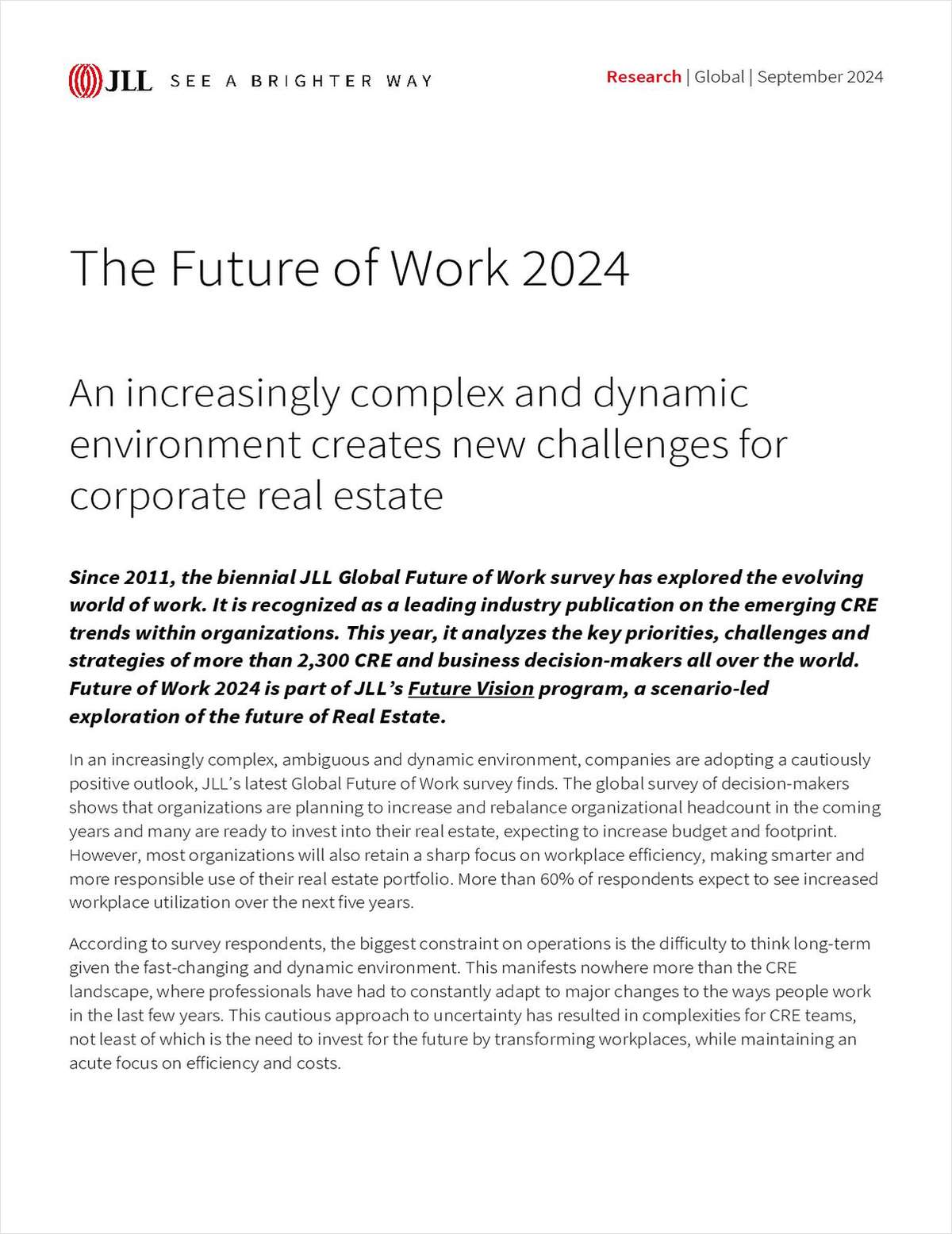CLEVELAND—The City of Cleveland has just approved plans to develop over 20 acres of lakefront property near its central business district, a project which will help transform part of the city's lakefront from an industrial area into a place where people live and play.
“Cleveland is one of the few cities that does not properly utilize its lakefront,” Ross Halloran, senior vice president of Bellwether Enterprise's capital solutions group, tells GlobeSt.com. Bellwether will provide loan origination and financing strategy for the $700 million project, which will put more than 1,000 apartments on Lake Erie. “In Chicago, the lake is a showpiece, in Cleveland, however, everyone can see the lake, but it's six blocks away.”
Cumberland Development, a local firm led by Richard Y. Pace, and Trammel Crow were awarded the project. The land, which flanks FirstEnergy Stadium and the Rock and Roll Hall of Fame, had been used by the Cleveland-Cuyahoga County Port Authority. In addition to the apartments, the developers will build, in three phases, about 800 parking spaces, 80,000-square-feet of office space, 60,000-square-feet of retail space, a boutique hotel and a charter school serving downtown Cleveland residents.
Halloran says financing such a large project in Cleveland has challenges not found in more vibrant coastal or core areas. “Unlike markets like Houston, which are firing on all cylinders, projects in markets like Cleveland have to tap more than the traditional sources of capital.” Tax credits, for example, will help with this waterfront revival, and big institutional investors such as pension funds from groups like teachers and the construction trades will also play a key role.
“Our borrowers tend to have different investment horizons,” he adds, and outside money from investors looking for quick returns is relatively rare. “Most of the major real estate properties in Cleveland are owned by people that live in Ohio,” although in the last few years, some outside buyers have come in. “Most of our investors will not want to sell, ever. Those are the dynamics of being in a Rust Belt city.”
Still, Halloran adds, “this is a market that is now open to development. Until recently, we had not seen new ground-up apartment development since the 1980s,” but that has definitely changed. Since 2011, the metro area has seen $5.5 billion in new healthcare, hospitality, multifamily, office, industrial and retail development. Major projects include downtown's new 422,000-square-foot Global Center for Health Innovation, several major hotels, and over 1,000 downtown apartments, now almost 100% occupied.
Bellwether has been involved in this project for about two years, and has already tested the market to make sure the demand is there, Halloran says. He hopes to close on the financing for Phase 1, which will have about 250 units, and some retail and office space, as early as the fourth quarter of this year. Phases 2 and 3 will be mostly residential, but the developers also plan to mix in some street-level retail to give the new neighborhood a more livable feel.
The overarching vision, which Halloran credits largely to Pace, is of an integrated, walkable neighborhood that entices convention goers and downtown workers out to the lakefront. “This project is going to bring life to all of the assets the city has out there," he says. “It's great to be involved in something this large and visionary.”
Want to continue reading?
Become a Free ALM Digital Reader.
Once you are an ALM Digital Member, you’ll receive:
- Breaking commercial real estate news and analysis, on-site and via our newsletters and custom alerts
- Educational webcasts, white papers, and ebooks from industry thought leaders
- Critical coverage of the property casualty insurance and financial advisory markets on our other ALM sites, PropertyCasualty360 and ThinkAdvisor
Already have an account? Sign In Now
*May exclude premium content© 2025 ALM Global, LLC, All Rights Reserved. Request academic re-use from www.copyright.com. All other uses, submit a request to [email protected]. For more information visit Asset & Logo Licensing.








